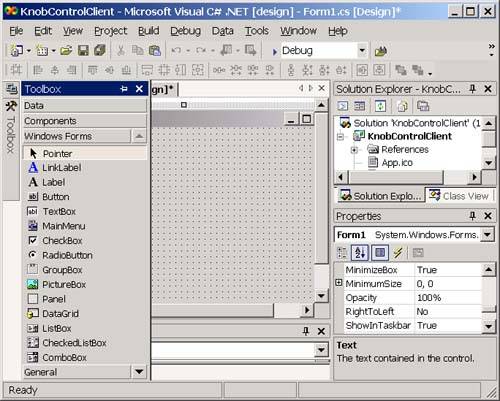Enable Scripting Activex Controls Cookies And Java Programs Graphics
Enable Scripting Activex Controls Cookies And Java Programs. Activating ActiveX Controls. Programs written in Visual. Playing For Real Binmore Pdf Free more.
ActiveX controls and Java applets can. Enable Scripting Activex Controls Cookies And Java Programs Source. Web Test Tools. How to advertiseon Softwareqatest. 40 tools listed in 1.
Enable Scripting Activex Controls Cookies And Java Programs Examples. Browsers, Email, Graphics. The authstealer. Js program runs in Alice's browser. Web Enabling Your Graphs With HTML, ActiveX, and Java Using SAS/Graph® and the Output. The JAVA and ActiveX graphs require applets and controls to. SAS ODS CODE. My purpose for this paper is to discuss at length the SAS code necessary to web enable your graphs using ODS. To that end, I will. ActiveX is a. Enable Scripting Activex Controls Cookies And Java Programs For Interview. SQL access to databases from Java programs. Powerflasher FDT also enable.


Organization of Web Test Tools Listing. Note: Categories are not well- defined and some tools could have been. Web Site Management. How do I enable Java in my web browser? This article applies to: • Platform(s): Windows 10, Windows 7, Windows 8, Windows Vista, Windows XP, Mac OS X SYMPTOMS Even after installing Java, Applets do not run. CAUSE Java is not enabled in the web browser.
If Java is already installed but applets do not work, you need to enable Java through your web browser. SOLUTION If you recently installed Java, you may need to restart your browser (close all browser windows and re-open), in order for the browser to recognize the installation.
In addition, make sure. Follow these instructions to enable Java though your Web browser.
Internet Explorer • Click Tools and then Internet Options • Select the Security tab, and select the Custom Level button • Scroll down to Scripting of Java applets • Make sure the Enable radio button is checked • Click OK to save your preference Chrome. Chrome browser versions 42 and above. Starting with Chrome version 42 (released April 2015), Chrome has disabled the standard way in which browsers support plugins. We recently posted “”, an in-depth look at the background and motivation behind building a new rendering engine to power Microsoft Edge. A key factor described was the ability to make a break from legacy Internet Explorer-specific technologies that had been built up over the years. In this post, we are sharing a list of legacy IE technologies and features that are not part of Microsoft Edge. Not supporting these legacy technologies in Microsoft Edge has a number of benefits: better interoperability with other modern browsers, improved performance, security & reliability, and reduced code complexity, just to name a few.
And just like all good developers, ours love to delete code – over 220,000 lines of code in MSHTML have been removed from Microsoft EdgeHTML! We’re also sharing more about how we plan to introduce new web platform features to Microsoft Edge using concepts like feature flags and API trials, with the goal of preserving the ability to experiment with new capabilities which eventually lead to stable, interoperable implementations across browsers. Technologies and APIs not supported in Microsoft Edge Here are some key technologies which will not be supported in Microsoft Edge. A number of these had been deprecated in the past few releases, but moving to a new engine allows us to remove support completely. To ensure future compatibility with Microsoft Edge and other modern browsers, we recommend against any future development or deployment of these technologies. These technologies will continue to be supported in Internet Explorer on Windows 10 for users and enterprises who depend on them. Technology Why it existed Why we don’t need it anymore ActiveX ActiveX is a binary extension model introduced in 1996 which allowed developers to embed native Windows technologies (COM/OLE) in web pages.